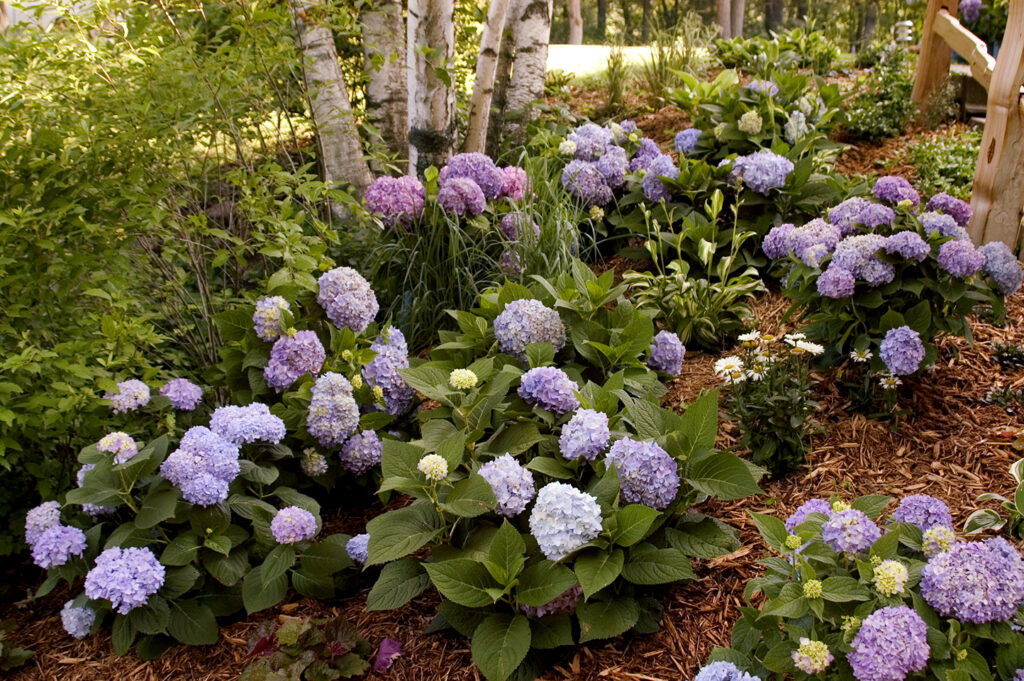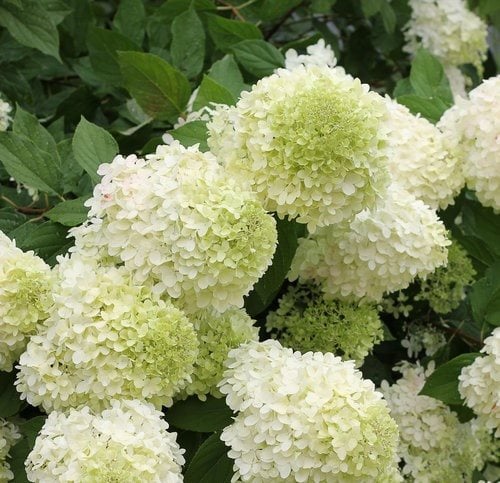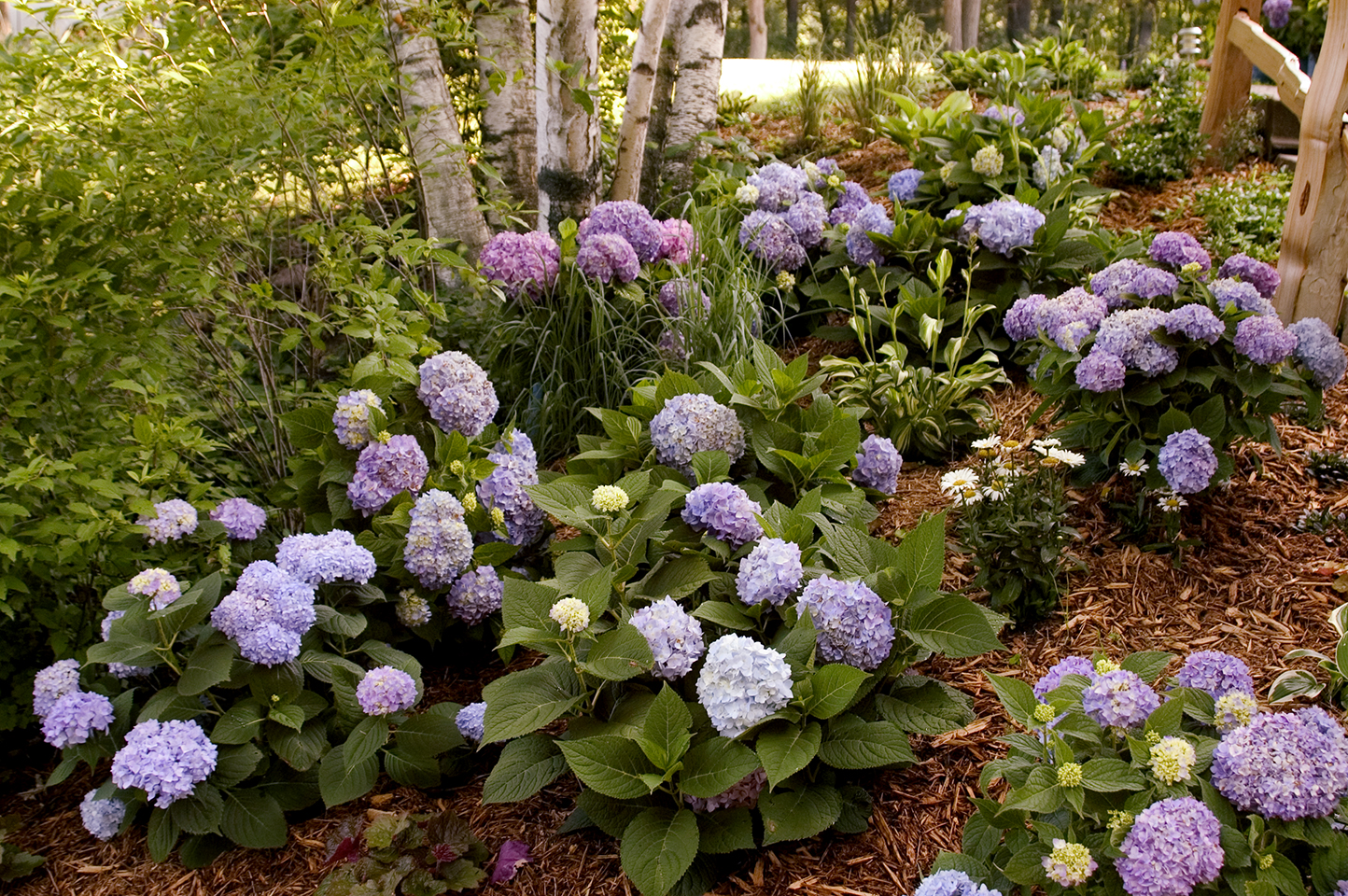Hydrangeas In The Afternoon Sun: A Beautiful Sight To Behold
Hydrangeas are some of the most popular flowering shrubs in the world. They are known for their large, showy blooms that come in a variety of colors, including blue, pink, white, and purple. Hydrangeas can be grown in a variety of conditions, but they do best in moist, well-drained soil and partial shade.
One of the most beautiful sights in the garden is a hydrangea in the afternoon sun. The sunlight causes the blooms to glow with a vibrant color. The petals seem to shimmer and dance in the breeze. The hydrangeas seem to come alive in the afternoon sun.
There are a few reasons why hydrangeas look so beautiful in the afternoon sun. First, the sunlight helps to bring out the true color of the blooms. In the shade, the colors of hydrangeas can sometimes appear muted. But in the afternoon sun, the colors are vibrant and alive.
Second, the sunlight causes the petals of hydrangeas to open up. In the shade, the petals can sometimes appear closed and tight. But in the afternoon sun, the petals open up wide, revealing their full beauty.
Third, the sunlight causes the leaves of hydrangeas to turn a darker shade of green. This contrast between the dark green leaves and the bright colored blooms makes the hydrangeas even more striking.
If you have hydrangeas in your garden, be sure to enjoy them in the afternoon sun. It is a truly beautiful sight to behold.
Here are some additional insights and updates about hydrangeas in the afternoon sun:
- Hydrangeas that are grown in full sun will often have brighter colored blooms than those that are grown in partial shade. This is because the sunlight helps to increase the production of anthocyanins, which are the pigments that give hydrangeas their color.
- If you live in a hot climate, you may want to consider planting hydrangeas in an area that receives afternoon shade. This will help to protect the blooms from the hot sun and prevent them from wilting.
- Hydrangeas are relatively easy to care for. They need moist, well-drained soil and regular watering. You should also fertilize them every spring with a balanced fertilizer.
- Hydrangeas are susceptible to a few pests and diseases, but they are generally quite hardy plants. If you see any signs of pests or diseases, you should treat them immediately.
With proper care, hydrangeas can thrive in the afternoon sun and provide you with years of beauty.
Hydrangeas are beautiful flowering shrubs that can add a touch of elegance to any garden. However, not all hydrangeas are created equal. Some varieties, such as panicle hydrangeas, can tolerate afternoon sun, while others, such as bigleaf hydrangeas, prefer morning sun and afternoon shade.
If you're not sure which type of hydrangea is right for your garden, or if you're wondering how much sun your hydrangeas need, I recommend visiting . This website has a wealth of information about hydrangeas, including sun requirements, planting and care tips, and troubleshooting advice.
In addition to providing comprehensive information about hydrangeas, also features beautiful photos of these stunning plants. Whether you're a beginner gardener or a seasoned pro, I'm sure you'll find something useful on this website.
FAQ of hydrangea afternoon sun
- Can hydrangeas tolerate afternoon sun?
Most hydrangeas prefer morning sun and afternoon shade. However, there are a few varieties that can tolerate full sun, such as panicle hydrangeas. If you live in an area with hot summers, it is best to choose a hydrangea variety that is known to be sun tolerant.
- What happens if my hydrangea gets too much afternoon sun?
If your hydrangea gets too much afternoon sun, it may wilt, the leaves may scorch, and the flowers may not bloom as well. In severe cases, the plant may even die.
- How can I protect my hydrangea from afternoon sun?
There are a few things you can do to protect your hydrangea from afternoon sun:
- Plant it in a location that receives morning sun and afternoon shade.
- Mulch around the plant to help retain moisture and keep the soil cool.
- Water the plant regularly, especially during hot, dry weather.
- Place a shade cloth over the plant during the hottest part of the day.
- What type of soil do hydrangeas prefer?
Hydrangeas prefer moist, well-drained soil that is rich in organic matter. If your soil is sandy or poor, you may need to add compost or other organic matter to improve it.
- How much fertilizer do hydrangeas need?
Hydrangeas need to be fertilized regularly, especially during the growing season. You can use a balanced fertilizer, such as a 10-10-10 fertilizer, or a fertilizer that is specifically formulated for hydrangeas.
Image of hydrangea afternoon sun
Here are 5 different images of "hydrangea afternoon sun" from Pinterest:
- Hydrangea in afternoon sun. The hydrangea is in full bloom, with its large, colorful flowers. The sun is shining through the leaves, creating a beautiful dappled effect.

- Hydrangea bush in afternoon sun. The hydrangea bush is covered in large, white flowers. The sun is shining brightly, making the flowers glow.

- Hydrangea flowers in afternoon sun. The hydrangea flowers are a beautiful shade of pink. The sun is shining through the petals, creating a delicate, shimmering effect.

- Hydrangea plant in afternoon sun. The hydrangea plant is in a pot on a patio. The sun is shining brightly, and the plant is covered in large, blue flowers.

- Hydrangea in a garden in afternoon sun. The hydrangea is in a garden, surrounded by other flowers. The sun is shining brightly, and the hydrangea is in full bloom.

Post a Comment for "Hydrangeas In The Afternoon Sun: A Beautiful Sight To Behold"